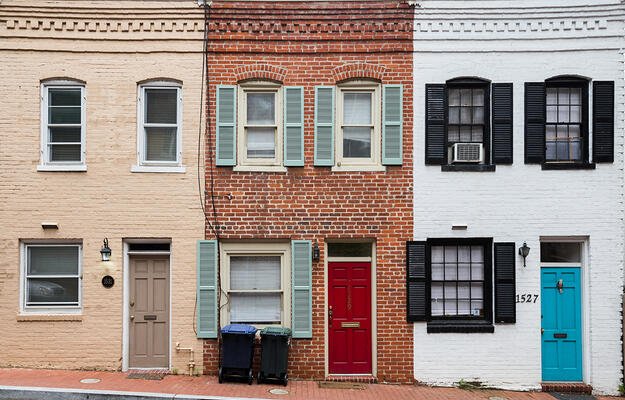
Flood-Proofing Multifamily Housing: Challenges & Opportunities
- Title:
- Flood-Proofing Multifamily Housing: Challenges & Opportunities
- Author:
- Source:
- Publication Date:
-
2015
This research brief from New York University's Furman Center describes the unique challenges of retrofitting multifamily housing for resilience against floods, existing policies and design approaches for effective retrofits, and ways for multifamily building owners to improve their properties' floodproofing. Multifamily floodproofing is particularly important since more multifamily buildings are in flood plains than previously understood, and the property type is particularly hard to retrofit. For instance, in New York City, more than 70 percent of housing units in floodplains are in multifamily buildings. Localities and building owners alike need this guidance to avoid upfront insurance costs or the future costs of a disaster.
Cost-effective retrofits should especially be a priority for owners of multifamily properties. Most multifamily mortgages are required to purchase flood insurance through the National Flood Insurance Program (NFIP), run by the Federal Emergency Management Agency (FEMA). Recent federal reforms will require that all buildings in the 100-year floodplain purchase insurance that accurate reflects their flood risk. Property owners can retrofit their properties to be compliant with FEMA construction requirements in order to avoid premium increases.
Unique retrofit challenges faced by multifamily buildings:
- While detached single-family homes can comply with federal regulations by raising the whole structure above the Base Flood Elevation (BFE), no such option is normally available for multifamily buildings.
- Most multifamily buildings have mechanical systems located on floors below the BFE, and many also have living space below it. Reconfiguring the ground floors so that building systems and living space are above the BFE can require costly and complicated renovations and could sacrifice valuable housing units.
- Relocating mechanical units to yards or roofs can be impossible or impractical, depending on zoning requirements and space availability.
- Unlike commercial spaces and mixed-use buildings, residential buildings cannot use dry floodproofing measures, in which spaces are made watertight.
- Multifamily buildings are likely to be leveraged already and unable to attain the financing needed to cover these costs.
- Government-subsidized buildings face additional challenges. For those that use Low Income Housing Tax Credits (LIHTC), removing units may trigger recapture of tax credits, and buildings that participate in the Section 8 housing program would need approval from the U.S. Department of Housing and Urban Development to remove units from a building.
- Especially for leveraged or subsidized buildings, removing units may render the building financially nonviable.
Policy recommendations:
- Align local zoning and building codes with flood retrofitting requirements, so owners can implement resilience strategies.
- Allow owners to build higher to offset the financial impacts of losing ground-floor housing units, if owners are forced to raise their buildings to comply with FEMA requirements.
- Relax rules regarding yards so that building systems can be placed in outside space.
- Proactively require that buildings in floodplains comply with a more aggressive definition of the BFE.
- Provide informational resources and technical assistance to building owners regarding flood risks and retrofitting strategies.
- Provide incentives or create requirements that building owners consider resiliency in their long-term capital planning.


